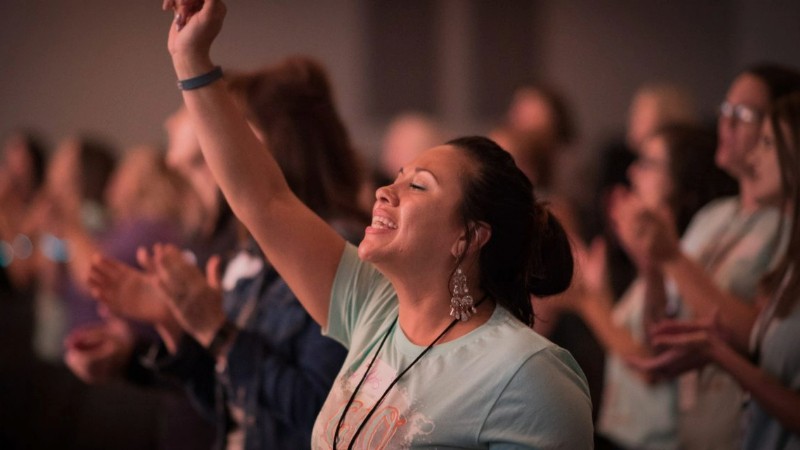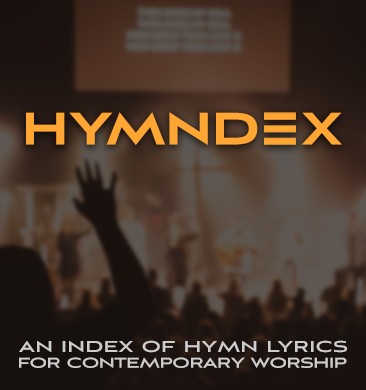What You’ll Learn:
- Why the Asbury revival’s simple approach is challenging modern worship production methods
- A real church member’s detailed critique that reveals how technology can sabotage participation
- The biblical case for horizontal worship (congregation to congregation) that most churches ignore
- How song keys and octave jumps are turning your congregation into silent observers
- Why lights and fog might be creating sacred space or destroying community connection
- The volume levels that encourage participation versus those that shut people down
- Bob Kauflin’s definition of worship leadership that reframes your entire role
- Specific practical changes you can make immediately to increase congregational engagement
- The worship leader attire debate and why it matters more than you think
- How to balance excellence with accessibility in your worship planning
The Uncomfortable Mirror of Modern Worship
A worship leader just received an email that should make every church musician pause and take inventory. A couple visited his church for four weeks, desperately wanting to find a spiritual home, and they’re about to walk away. Not because of bad theology or unfriendly people, but because the worship experience has become so production-heavy that they can’t actually participate in it.
Haze machines. Programmable lights that blind people when they shift from floor patterns to ceiling blasts. Songs nobody knows with unmemorable melodies. Keys so high that average singers give up trying. Volume so loud it causes physical pain and anxiety. Darkness so complete that you need time for your eyes to adjust before finding a seat. A mix so overpowering that even if people were singing—which they weren’t—you’d never hear them anyway.
This isn’t an isolated complaint from cranky traditionalists. The author notes this echoes sentiments from both young and old church members across the country. And it’s happening at the same time that simple, production-free worship at places like Asbury University is drawing thousands and sparking genuine spiritual movement.
Here’s the thing that should concern every worship leader: we might be accidentally creating the exact opposite environment from what we’re trying to achieve. Instead of facilitating encounters with God, we may be producing entertainment experiences that turn congregations into audiences.
The critique goes deeper than personal preference. The author argues that worship practices grow from our fundamental understanding of what worship is and the role of worship leaders. When those foundations get skewed toward performance rather than participation, everything that flows from them becomes problematic.
Bob Kauflin’s definition becomes the measuring stick: “A faithful worship leader magnifies the greatness of God in Jesus Christ through the power of the Holy Spirit by skillfully combining God’s Word with music, thereby motivating the gathered church to proclaim the gospel, to cherish God’s presence, and to live for God’s glory.” Notice the emphasis: motivating the gathered church, not impressing them.
The song selection issue hits particularly hard. When worship leaders choose songs people don’t know, the congregation immediately shifts from worship mode to learning mode. Their focus moves from God to figuring out melodies and rhythms. New songs are biblically necessary, but the introduction process matters enormously. The same problem occurs with keys chosen for the worship leader’s vocal range rather than the congregation’s ability to participate.
Those octave jumps that feel so powerful and declarative from the platform? They’re leaving average singers behind, forcing them into spectator roles. The author suggests that if a song’s range exceeds what typical church members can sing, it should either be adapted or replaced entirely. This isn’t about dumbing down worship; it’s about prioritizing participation over performance.
The volume issue reveals something deeper about our understanding of corporate worship. Ephesians 5:19-20 describes gathered worship as both vertical (congregation to God) and horizontal (speaking to one another with psalms, hymns, and spiritual songs). When music becomes so loud that people can’t hear themselves sing, let alone others around them, we’ve eliminated the horizontal element entirely.
The author describes powerful moments when congregations turn and face each other while singing songs of testimony, recognizing that “we are in this together.” But dim lighting and overwhelming volume deny the very existence of the corporate body. People become isolated individuals consuming a performance rather than a unified community offering worship together.
The lighting and atmosphere discussion acknowledges that these elements can create sacred space, especially in architecturally plain buildings. The question becomes whether they’re enhancing worship or becoming distractions that call attention to themselves. When people need time for their eyes to adjust to find seats, or when lighting effects become the focus rather than the facilitator, the tools have become obstacles.
Even the worship leader attire discussion, while potentially seeming superficial, addresses a deeper issue about calling attention to ourselves versus blending into the congregation we’re leading. The baseball caps, skinny jeans, and Chuck Taylors that have become worship leader uniforms might be creating an “elite subculture” that separates leaders from their people rather than uniting them in common purpose.
The Asbury example provides the contrast: no fog machines, no fancy lights, no thumping bass, no worship leaders in backwards caps and distressed jeans. Just simple worship where people experienced the Divine rather than feeling the music. The Holy Spirit showed up in power not because of production values but perhaps in spite of their absence.
The challenge for modern worship leaders becomes finding the balance between excellence and accessibility, between utilizing helpful technology and avoiding production that creates barriers. Every choice—from song keys to lighting levels to volume settings—should be evaluated through the lens of whether it helps people participate in worship or turns them into spectators of someone else’s performance.
Bottom Line: While pursuing excellence in worship through modern production techniques, many churches may be inadvertently creating entertainment experiences that transform active worshippers into passive spectators, and the solution isn’t better technology but rather a fundamental shift back toward facilitating genuine congregational participation where people can actually sing, see each other, and experience corporate worship as a unified body rather than isolated individuals consuming a performance.








